
SPIDERS
Click on a species of spider below to learn further information.
Introduction
There are two kinds of spiders that bite and can cause painful poisoning in humans; and there are several other species that are merely household nuisances. The poisonous spiders are the Black Widow Spider and the Brown Recluse Spider. Although there are several species or varieties of these two spiders, a detailed understanding of them is not necessary to serve the purposes of this course.
Spiders, like most other small pests covered in this course, are Arthropods. They belong to the Class Arachnida (rather than class Hexapoda, the insects); and are commonly called "Arachnids". Arachnids have only 2 body regions, no antennae, no compound eyes, and are most quickly recognized by their having 4 pairs of legs. But, unlike ticks and mites, spiders have a slender waist dividing the body regions.
Spiders usually are considered beneficial animals because they feed on undesirable insects. A large population of spiders usually indicates a hefty supply of insects as a food source.
How to Know if It’s a Spider
In addition to the aforementioned 2 body regions, no antennae, no compound eyes, 4 pairs of legs, the Arachnids have a sac—like abdomen without segmentation, and in some species the males and females look entirely different (sexual dimorphism).
Biology and Habits of Spiders - General
After the female is fertilized, she lays her eggs either in a dark retreat or in "egg sacs”, depending on the species. (Both the black widow and the brown recluse have egg sacs.) The young hatch from the egg and undergo the first molt inside the sac. These young "spiderlings" emerge from the sac and remain together for several days before dispersing. Most common species mature in less than one year and go through several molts.
The time of year for mating and egg laying, and in what stage the spider overwinters, depends on the species. The adults of the more common species normally live only one season. But some of the tarantulas do not even mature until their eighth or ninth year.
Many spiders, especially young spiders, travel great distances by "ballooning". The spider climbs to the top of a roof or fence post and releases a strand of silk into an air current. The spider continues to send out silk until there is enough of it airborne to lift the spider into the air. Some spiders are known to have been carried in this manner for distances of 60 miles and upwards of 5,000 feet.
Their webs are used to entrap prey, usually insects. But some spiders use their web spinning ability only to make egg sacs or "retreats" (a place to lay their eggs). And most spiders lay down threads of silk, used as draglines, wherever they walk. These draglines are attached to surfaces at intervals.
How They Obtain Food and Water
Spiders are divided into two groups based on how they capture their prey: (l) The cobweb spiders spin webs to catch insects and live either in the web or in a nest new the web. (2) The hunting spiders hunt and capture insects on the ground, or waiting among leaves and flowers until insects come within their reach. Spiders that both live in and reproduce in buildings are cobweb spiders.
Spiders eat live prey. Almost always this prey is insects and similar arthropods. The spider kills them by injecting venom through its fangs. Spiders cannot eat solid food. So they inject enzymes into the prey’s body. They predigest the body contents of the prey and enable the spider to suck out the digested material. Spiders can go for weeks or months without food. Brown recluse spiders have survived six months without food or water.
All spiders require water; but some require very little and can live in dry environments. Others need a regular source of drinking water and can live only in humid environments. Therefore, when trying to determine _ the source of an indoor infestation, some first places to look me areas around water pipes, floor drains, and air- conditioning; and in basements, crawl spaces, and other damp areas.
Most species found indoors hide in cracks, in darkened areas or in their webs. Most outdoor species do not adapt to indoor conditions, although some may live in attics or main living areas.
Spider Bites
Taxonomists have created confusion over the naming of the two "groups" of spiders that bite and poison humans, i.e., the black widow spider is said to be only one of a "group" of species. The same is said of the brown recluse “group". For our purposes in this course, however, there are two and only two poisonous spiders of concern, the black widow spider (Lactodectus mactans) and the brown recluse spider (Loxoscele recluse).
Nearly all spiders have venom glands. But the venom of almost all U.S. species is so low in toxicity to humans that its brief effects are insignificant. This also applies to the venom of the fearsome looking tarantula.
The black widow spider venom is neurotic (affects the nervous system) and can, though rarely, cause death, if the individual is particularly allergic. The brown recluse venom is cytotoxic (kills the flesh in the area immediately surrounding the bite. This is called "necrosis".)
First aid for spider bites: (1) Apply tincture of iodine to prevent infection of the wound (2) Apply ice or ice water to relieve pain and help slow absorption of the venom (3) Get patient to a physician if the bite is from a black widow or brown recluse spider, or, if the pain increases seriously or swelling is extreme. (An antivenin specific for black widows is readily available to most physicians.)
General Facts
- The distinguishing characteristics of a spider are that it has two body regions connected with a restricted waist.
- In most cases you can distinguish a spider bite from a insect bite by the two small puncture marks.
- During inspection, note any unusually large numbers of flies, roaches, ants. Controlling this food source sometimes aids in spider control.
- Improve sanitation outside to prevent spiders that wander indoors (wood piles, rocks, compost piles, old boards, and other debris). Add pea gravel to window wells. Remove debris from crawl spaces.
- Chemical control outdoors - Usually space treatments give best results. Aerosols (exterior residual sprays), or mist applications with fast knockdown—sho1t residual compounds, are effective.
- A good method of treatment in a sub area for black widows is to use an ultra low volume (ULV) machine.
- If a customer wants to get rid of spiders without using pesticides the best recommendation for spider control is for the homeowner to remove any clutter and to regularly dust and vacuum.
- If a customer requests that a large infestation of spiders be treated using an extra dosage of pesticide the field representative should always follow the directions on the pesticide label.
- For a long—term cellar spider reduction program it is recommended that you treat their webs with wettable powders.
- Integrated Pest Management for black widow spiders includes vacuuming the area to remove existing spiders, webs, and eggs.
Click on a species of pest below to learn further information.
Having trouble with Pests?
Give us a call: 661-645-6855
Or have Traffic contact you today and get a FREE estimate for:
Your Neighborhood Bug Guys!
Traffic Pest Solutions (LA)
15828 Toscana Ct.
Santa Clarita, CA 91387
Phone: (661) 645-6855Santa Clarita, CA 91387

 Black Widow
Black Widow Brown Recluse
Brown Recluse Yellow Sac Spider
Yellow Sac Spider Wolf Spider
Wolf Spider Jumping Spider
Jumping Spider Orb Weaver
Orb Weaver Tarantula
Tarantula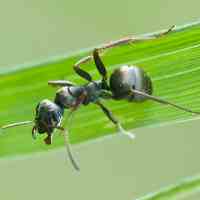 Ants
Ants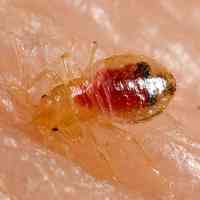 Bed Bugs
Bed Bugs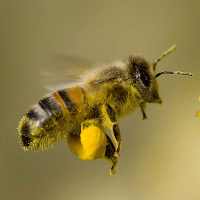 Bees
Bees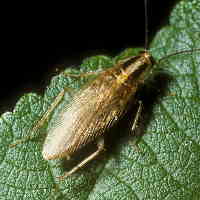 Cockroaches
Cockroaches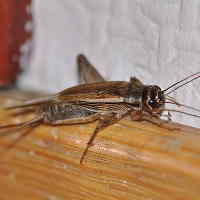 Crickets
Crickets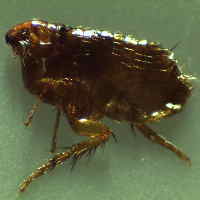 Fleas
Fleas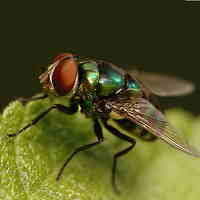 Flies
Flies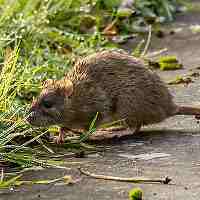 Rodents
Rodents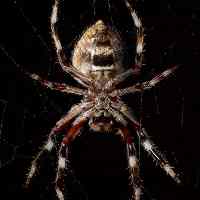 Spiders
Spiders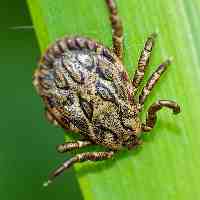 Ticks
Ticks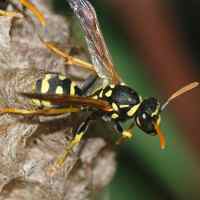 Wasps
Wasps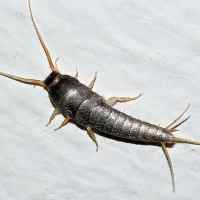 Silverfish
Silverfish